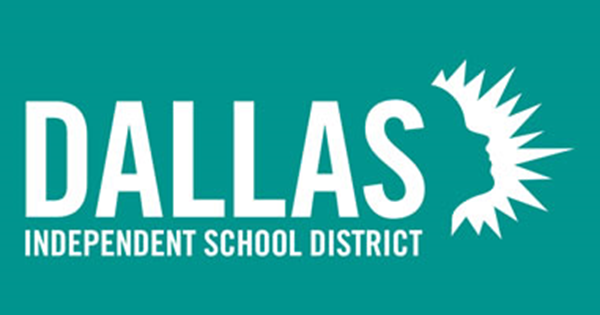Colorado Gov. Polis signs school finance act, other funding measures – By Erica Meltzer, Chalkbeat
Per-pupil spending will increase 6% from this year, special education funding will increase nearly 40%, more high school students will have access to free college courses, and school districts with low property wealth will get more state money under a series of education bills signed by Colorado Gov. Jared Polis Thursday.
The most significant of the bills is also the most mundane. The school finance act is the only bill — other than the budget — that Colorado legislators are required to pass. It lays out how money already allocated in the budget will be distributed to schools. In recent years, lawmakers have used the school finance to set in motion complex property tax changes, give districts more money for English learners, and wade into disputes about school governance.
This year’s school finance act sets what’s known as total program, the base budget for Colorado K-12 schools, at $8.4 billion. The state is responsible for a little more than $5 billion, a 7.6% increase, and local school districts for roughly $3.3 billion, a 2.3% increase. Average per-pupil spending for 2022-23 will be $9,559, up 6% from this year, though the actual amount varies considerably by district.
This represents a record investment by Colorado lawmakers just two years after they made drastic cuts during the depths of pandemic-related business shutdowns.

NC teacher survey shows concerns about academic decline, mental health, cyberbullying – By T. Keung Hui, News and Observer
North Carolina teachers say their students have fallen behind academically and have greater social, emotional and mental health needs during the pandemic, according to a statewide survey. Nearly three-quarters of teachers reported that their students are behind academically compared to a typical school year, according to results from the 2022 N.C. Teacher Working Conditions Survey presented on Wednesday.
Additionally, more than two-thirds of teachers said their students have greater social, emotional and mental health needs than normal. “One of the biggest eye-opening pieces of the survey is the need for social-emotional learning,” said Alessandro Montanari, assistant director of district and regional support at the state Department of Public Instruction. “That is clearly evident in the responses. We see that clearly as well in all the questions that have to deal with bullying and physical conflict with students.”
The survey responses are in line with state and national reports showing that students have suffered learning loss during the pandemic. A state report released last week said students ended last school year between two to 15 months behind in reading and math.

Why SEL is seen as one of the best tools for preventing school violence – By Matt Zalaznick, District Administration
Administrators also have to recognize their own distress as well as how teachers and staff are coping with fear.
Educators should not underestimate the tremendous influence they have over students, influence that is cumulative in giving young people a sense of belonging and stability. When students feel disconnected, two things are more likely to happen: they fail to reach their academic potential and they become disruptive, says Maurice Elias, a professor of psychology and director of Rutgers University’s Social-Emotional and Character Developmental Lab. The latter can take the form of not participating in class or dropping out. “A disproportionate number of mass shooters are school dropouts,” Elias says. “And SEL is the ultimate preventative measure.”
While it’s unrealistic to ask educators to keep track of dropouts, administrators can call on other community organizations to help support a student who has left school. “The kids who drop out come under nobody’s purview until they commit a crime or end up in an emergency room,” Elias says.
To prevent violence in schools, social-emotional learning should be considered part of the culture rather than just a part of the curriculum. That means creating an emotionally safe and caring school environment that fosters students’ well-being and academic achievement. “This is where we connect to the issue of violence, and the events in Texas are pushing us to think about violence,” Elias says. “What we are really talking about are children who feel disconnected from school.”

Dallas sees positive results in first year of discipline reform – By Kara Arundel, K-12 Dive
Dallas Independent School District leaders say a bold approach to reforming discipline practices by eliminating most traditional in-school and out-of-school suspensions is showing promising results in its first year of implementation.
As an alternative to suspensions, Reset Centers opened last August at 60 of the district’s comprehensive middle and high schools to give students time to de-escalate and discuss their behaviors with trained staff and other students.
During the 2020-21 school year, the 145,000-student district recorded 4,800 out-of-school suspensions and 1,100 in-school suspensions. This school year, the first year of discipline reform, there have been 1,168 referrals to Reset Centers, with about 100 students having a second referral, said Superintendent Michael Hinojosa. Those numbers were as of May 2, about a month before the school year was set to end.
“We didn’t just tinker around with the past. We created something completely new,” Hinojosa said.
But it wasn’t as simple as rethinking suspensions. The district also set goals for strengthening tiered student behavior supports, boosting teacher training for classroom management, and improving data collection for better decision-making about effective, fair and individualized responses to student conduct violations.












